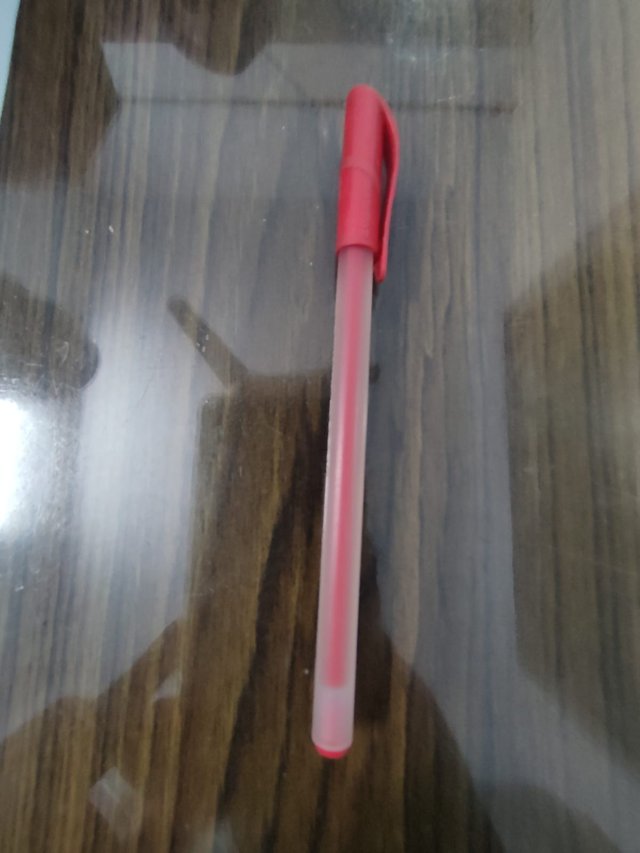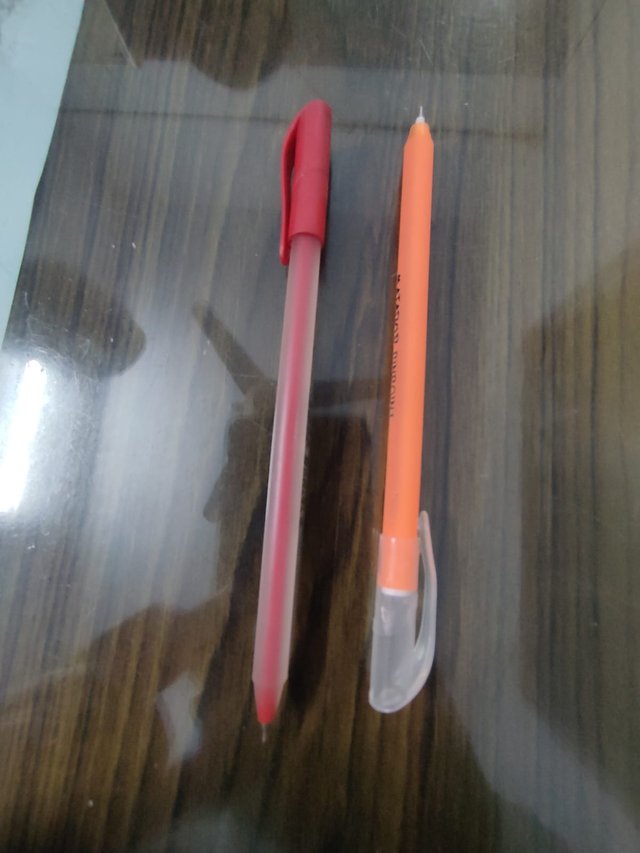"Bismillahir Rahmanir Raheem"
"Bismillahir Rahmanir Raheem"
I"am @sajibuldr, from #Bangladesh.
An explanation of pens:

Pens are writing instruments that usually consist of a hollow tube with a pointed tip at one end that holds ink that, when pressed, is discharged onto a surface, usually paper. There are many distinct kinds of pens, including gel, rollerball, ballpoint, and fountain pens. Each style of pen has unique properties and writing experiences.In 1888, John Loud created the first pen. Is there a backstory for it? October 30, 1888, saw the invention of the ballpoint pen by John J. Loud.

Pen classification:
Pens can be divided into groups according to the kind of ink (gel, oil-based, water-based), the mechanism (ballpoint, rollerball, fountain, etc.), the tip size (fine, medium, bold), and the intended function (writing, drawing, calligraphy).

Pens's place in a student's life:
Pens are essential for students because they make it easier to take notes, finish homework, express creativity in writing, and even improve fine motor skills. They are crucial resources for both professional and personal growth.
.jpeg)
What ingredients are in pen ink?
Typically, pen ink is composed of pigments or dyes, additives to control flow and drying time, and a solvent to keep it fluid. Color is produced by pigments, not by the dissolution of dyes. Ink flow is aided by solvents like alcohol or water, and additions can include substances that shorten drying times or avoid clogging.
Describe how the pen's ink is more sacred than martyrs' blood'
The adage "the pen's ink is holier than martyrs' blood" highlights the influence and strength of written communication. It implies that the concepts, information, and insight communicated via writing are more important and have a longer-lasting impact than even the martyrs' sacrifices. In essence, it draws attention to the persistent ability of thoughts to influence reality.


The pen's past:
The pen's history is amazing! Using materials like reeds or feathers dipped in ink, early people first used it. These implements were improved by the ancient Greeks, Romans, and Egyptians, and in the Middle Ages, quill pens were created. Subsequently, metal nib pens gained popularity during the Renaissance, and in the 19th century, they developed into the fountain pen. Modern pens come in a range of styles and qualities, from conventional to sophisticated, to meet diverse demands.
Thanks for paying your precious time

Plagiarism Free / AI Article Free
* #burnsteem25
* Community
* Charity
null 25% ❌
steembetterlife ✔️
worldsmile❌
Appeal to community members:
Verified by @𝘩𝘦𝘳𝘪𝘢𝘥𝘪
Downvoting a post can decrease pending rewards and make it less visible. Common reasons:
Submit